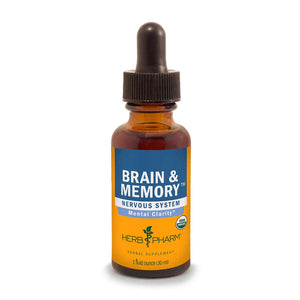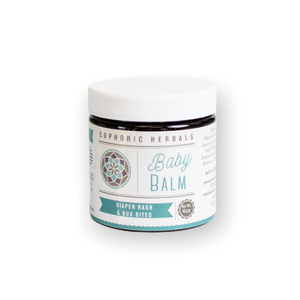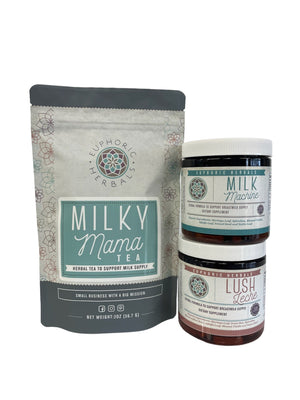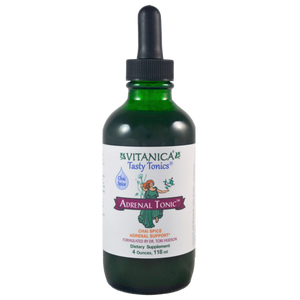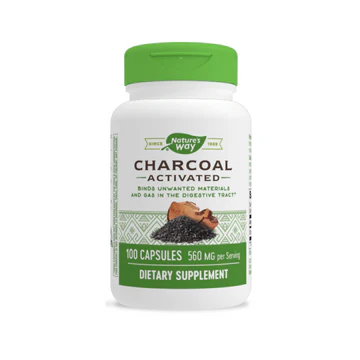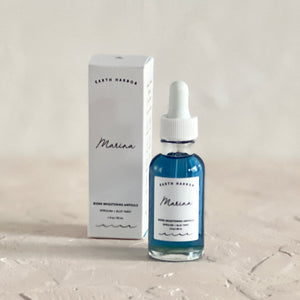Congratulations on adopting a baby! You are entering a new chapter in life as a mother, so naturally, you may want to do as many new moms do and breastfeed your adopted baby. Don’t worry, not only is it possible, breastfeeding an adopted baby is becoming increasingly common throughout the world.
Breastfeeding offers a host of benefits to you and your child, whether they are biological or not. If you are interested in adoptive breastfeeding, also referred to as induced lactation, continue reading on to learn about the process, advantages, and challenges to decide if it is right for you.
Why Women Breastfeed Adopted Babies
More and more mothers are choosing to breastfeed their adopted baby for two reasons:
- Breastmilk has health benefits that formula does not
- Breastfeeding helps strengthen the mother and baby bond early on
Breastfeeding when you did not get pregnant and deliver the baby can indeed pose some physical dilemmas, but that doesn’t mean it cannot be done. Your body is a true wonder, capable of produce milk even without pregnancy.
That said, breastfeeding is not for everyone. Deciding if you want to breastfeed your adopted baby is a very personal choice. Additionally, breastfeeding can be challenging and rarely goes according to plan, so you should read up and do your research to decide what is right for you and your child.
If you are set on producing breastmilk, there is a process to help you.
How To Produce Breastmilk for an Adopted Baby
For those who are adopting, the process begins several weeks or months before your baby is even born! Various methods are introduced to induce lactation. Not all of them will be correct for you, so it will take some time to work out the kinks.
While you might have to plan everything in advance, it is no doubt a worthwhile experience, as many adoptive mothers have reported. Once you bring the baby home, breastfeeding is just like feeding a non-adopted baby.
Here are five steps to get your breastfeeding journey started:
1. Talk To a Health Care Provider
While getting information from a International Board Certified Lactation Consultant is ideal, you should consider visiting a general physician. A lactation consultant will check your health history, your family history, and can make recommendations for diet, exercise, medications to induce lactation, and other supplements, such as galactagogues, to help you start lactating.
If you don’t know any lactation consultants near you, your doctor may also be able to provide a recommendation.
2. Get On Birth Control
It might seem strange, but you will be put on birth control. The hormones that are produced by the body while you are on the pill will trick your body into thinking it is pregnant. This will stop eggs from being released and mimic the process of gestation.
3. Switch To Supplements and Medications
After a few weeks or months on the pill, you will then follow your doctor’s guidance. When the timing is right, the birth control will be discontinued. Herbal supplements and lactation medication will replace the birth control, prompting your body to start producing milk.
The herbal supplements often contain the following:
- Blessed Thistle
- Motherwort
- Shatavari Root
- Goats Rue
- Fennel Seed
- Fenugreek Seed
Don’t forget about the benefits of galactagogues, or foods and herbs that can help induce lactation and bolster your breastmilk supply!
Next, the medications. Domperidone (also known by the brand name Motilium) is one medication you may opt to take to increase your milk supply, but it is not necessary. The second medication is known as Reglan (metoclopramide hydrochloride). If you pump and use Motilium or Reglan, you usually start producing milk within 2-4 weeks.
Keep in mind that both the herbal supplements and medications can have side effects. Many people report that Reglan increases depression, so if you have a history of depression Reglan may not be suited for you. Visit a lactation consultant to learn how you can better facilitate breastmilk production, as well as how to deal with the side effects the herbal supplements or medications produce.
4. Start Pumping

Next, you will start using a pump a few times a day. Each day, you increase the frequency and duration of the pumping sessions, aiming to pump every 2-3 hours when awake. Again, this tricks the body into thinking you need to produce milk, and it does indeed work. Stick with the pumping sessions and the supplements until lactation is induced.
Even when you start getting milk, don’t become discouraged by the amount. Many adoptive parents struggle to produce enough breastmilk for their baby at first. That is why you may have to mix breastmilk and formula for the first few weeks when your baby first arrives, talk to your baby's pediatrician and a lactation consultant about this.
5. Use Donated Breastmilk
As mentioned above, you might have to supplement your breastmilk with either formula or donated breastmilk. One way to deliver additional breastmilk to your baby without using a bottle is with a supplemental nursing system, or SNS. The SNS has a reservoir filled with donor milk or formula. Tubes are tape to the breast, so your baby will get both the breastmilk you are producing alongside the milk from the supplemental nursing system.
That said, carrying the supplemental nursing system can be cumbersome, especially for new mothers. The good news is that you won’t need the SNS for long. As long as you continue pumping and feeding your baby regularly, you will eventually produce enough breastmilk to meet your child’s needs.
Finding free donated breastmilk is easy. Tons of breastfeeding mothers often have an overabundant supply and readily donate their milk to donation banks. You can also look into directly contacting donors in your area through networks like Human Milk 4 Human Babies, Eats on Feet or La Leche League. Lactation consultants can also help you find a donation bank or independent breastmilk donor.
Reasons To Breastfeed an Adopted Baby
Earlier, the benefits of breastfeeding were introduced but not discussed in detail. Perhaps you are still a little wary about lactation, especially as an adoptive mother. There are several reasons to breastfeed a baby, adopted or not.
- Breastmilk is perfect nutrition for a newborn. The composition of breastmilk is wholesome and will change to suit the baby’s needs, primarily during the first month of breastfeeding.
- Breastmilk contains antibodies. This protects the child from pathogens that would otherwise be life-threatening. Sometimes, mothers will sometimes transmit antibodies for specific diseases, like influenza, to protect their babies.
- Breastfeeding promotes bonding. Skin-to-skin contact is extremely important between mothers and their babies. In order to form that initial bond with your adopted baby, you should touch them whenever possible—and breastfeeding is one of the best ways to do that. Skin-to-skin contact during breastfeeding also stabilizes the baby’s heart rate, breathing, and body temperature.
- Breastmilk reduces risk of developing diseases. Multiple studies have proven breastfeeding can ward off illnesses like sudden infant death syndrome (SIDS), inflammatory bowel disease, diabetes, allergies, middle ear infections, colds, respiratory tract infections, and childhood leukemia. Additionally, mothers also get a healthy boost, because breastfeeding may protect you from breast and ovarian cancers.
Challenges With Adoptive Breastfeeding
Breastfeeding is undoubtedly rewarding, but it is also not without snags along the way. Many mothers—adoptive or not—struggle in the beginning with getting breastfeeding techniques down and dealing with pain from improper latching or other issues. These issues can sometimes be misinterpreted and scare new breastfeeding mothers away.
Many adoptive mothers are also hindered by lactation inducement, finding donated breastmilk near them, and even with learning how to operate a supplemental nursing system (SNS). Furthermore, carting around an SNS can make breastfeeding in public less than convenient and sometimes even uncomfortable. Because of this, some adoptive mothers opt to switch to a bottle during public outings; but this, too, can alter the breastfeeding journey.
Sometimes, switching between the nipple and the bottle will cause “nipple confusion,” especially when the flow rate is different. In other words, the baby may get frustrated when you go from the bottle to the nipple, since the nipple released milk much more slowly than a bottle.
Final Thoughts on Induced Lactation
Adoptive breastfeeding, or induced lactation, is becoming a popular way to strengthen bonds between adoptive mothers and their children. While all breastfeeding experiences are unique to every mom, with some mothers reporting success or never needing herbal supplements, others have difficulties.
Be patient with your body and know that there are plenty of ways to supplement your breastmilk out there. Plenty of mothers have donated breastmilk, and you can always mix in formula to bolster your breastmilk supply. Overall, induced lactation is a positive experience with a host of psychological and physiological benefits for both mother and baby.









































